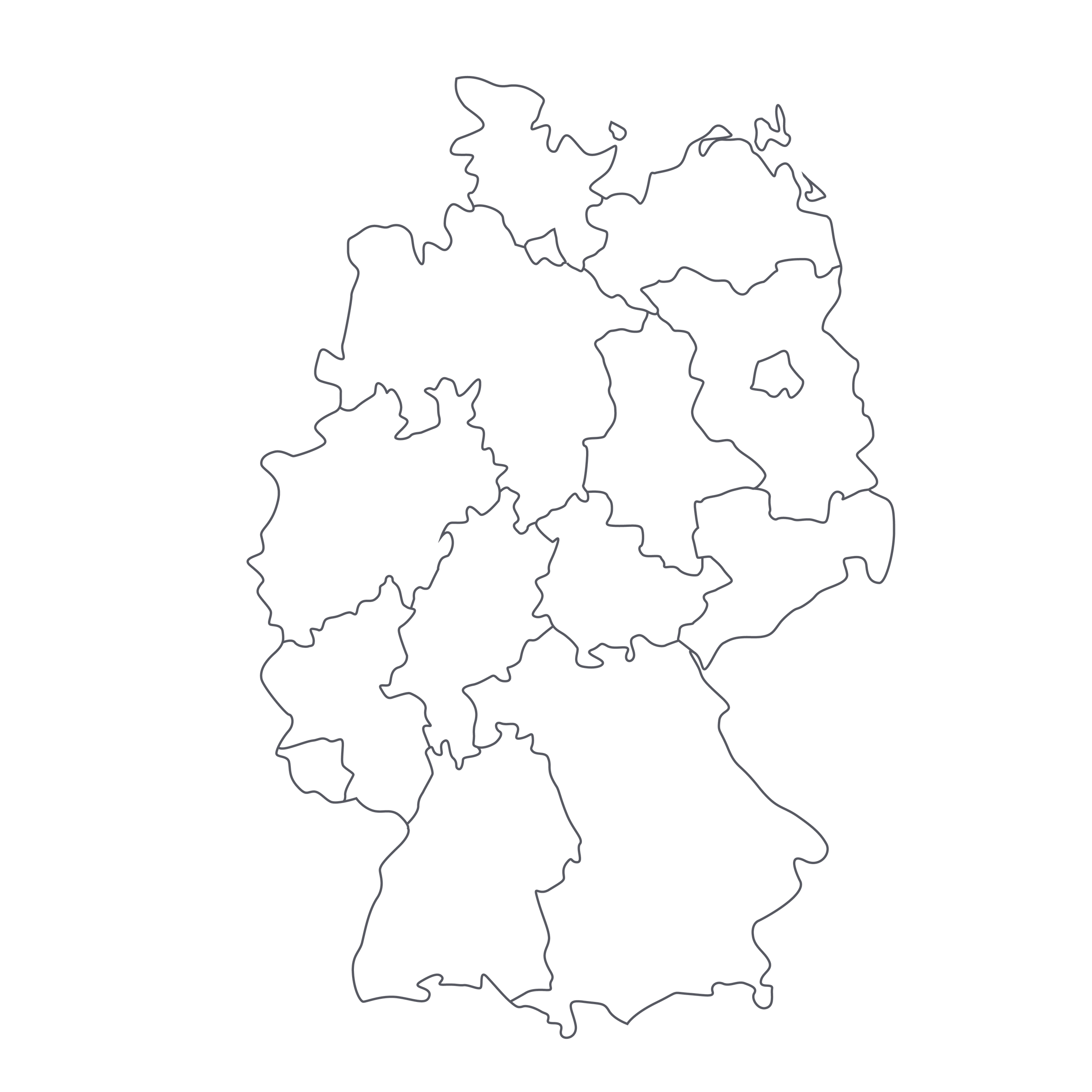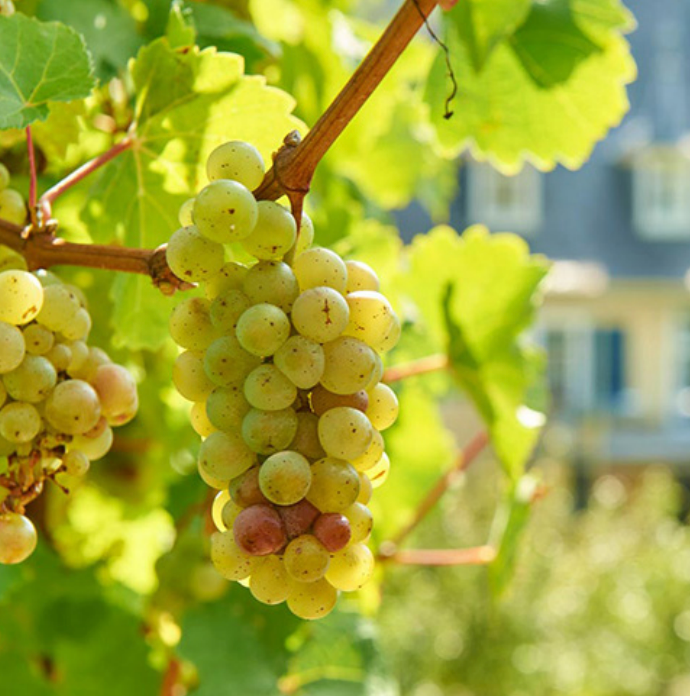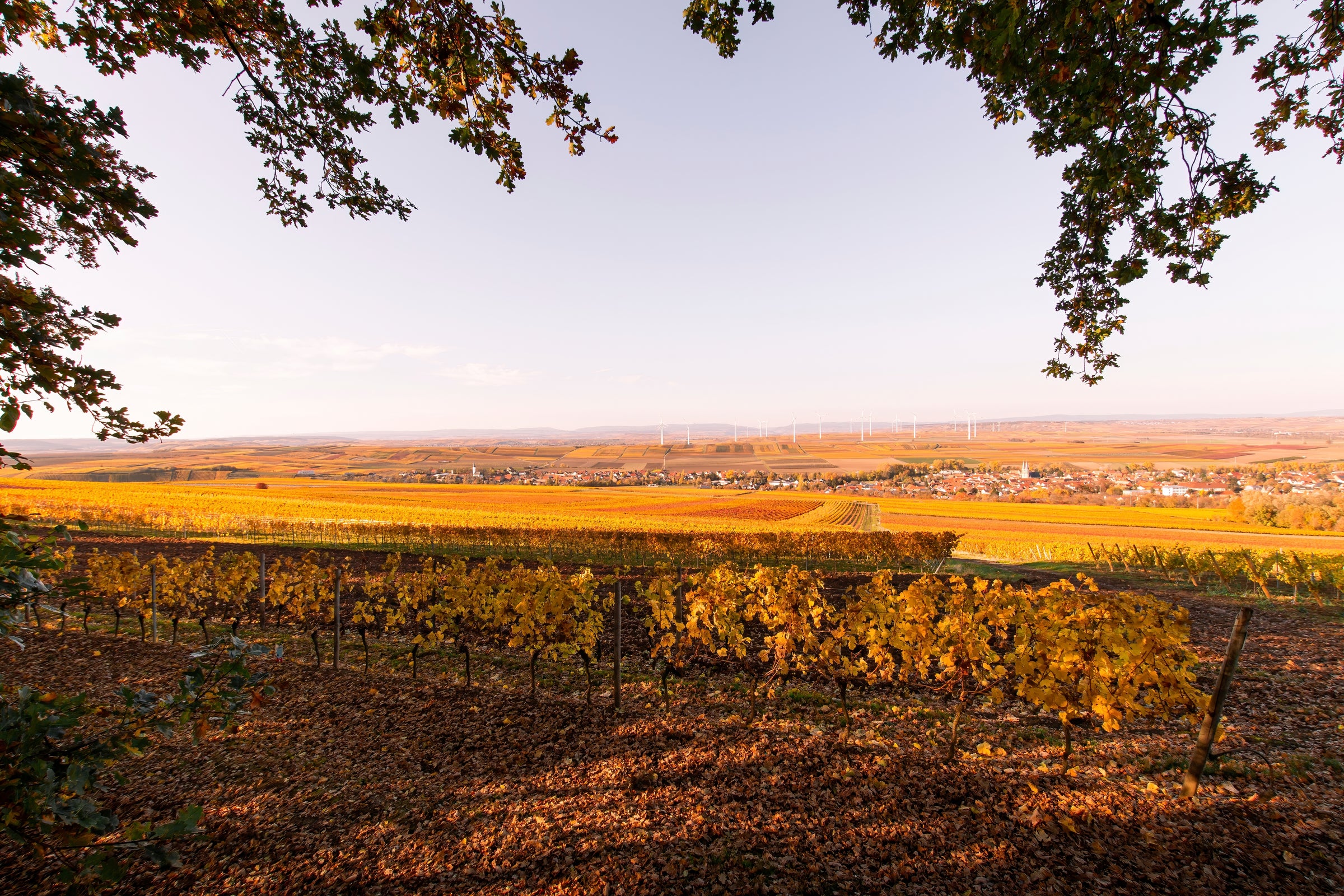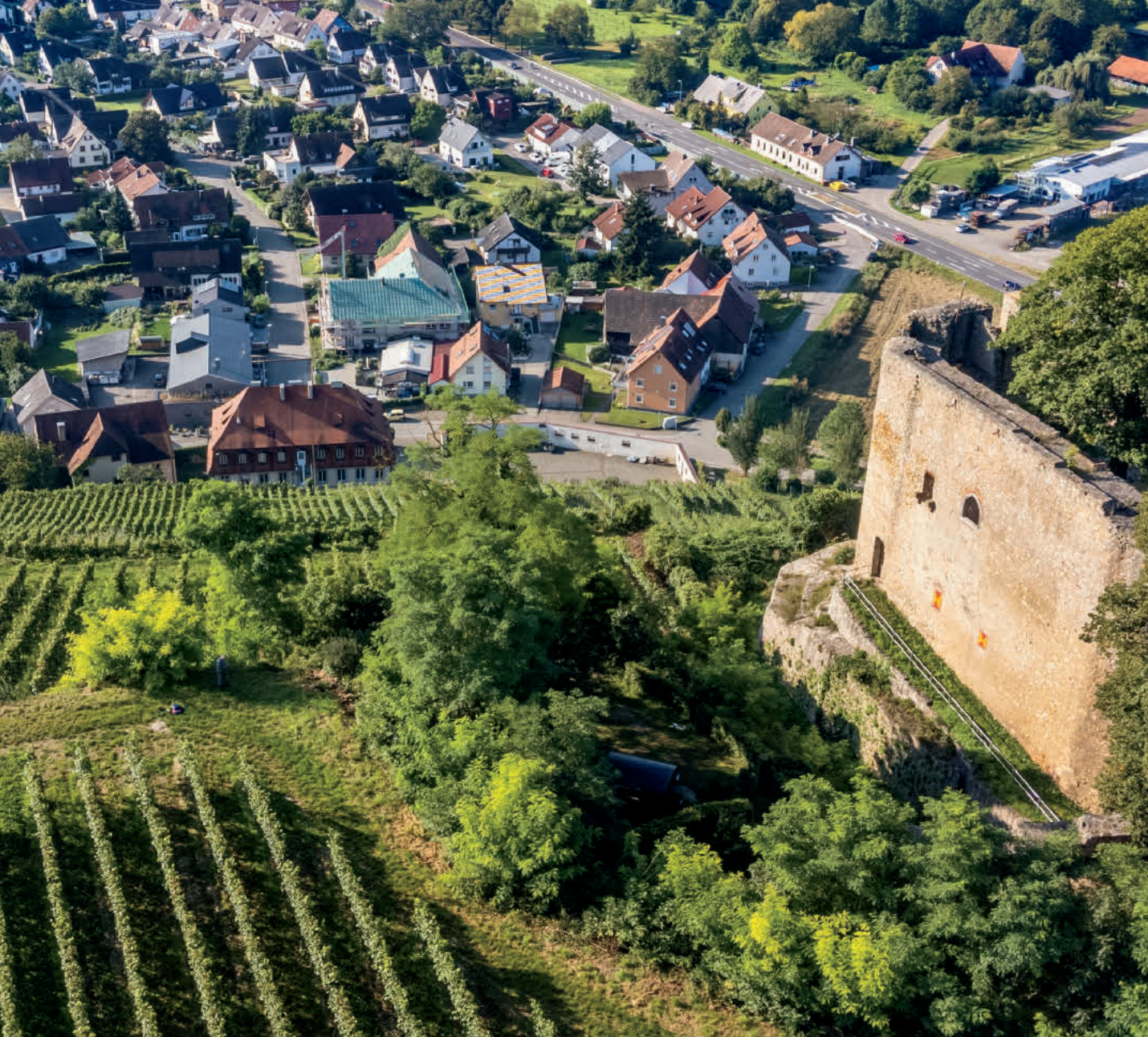There have been several instances recently in which we’ve asked ourselves, “Is German Pinot Noir the next big thing?” Tasting today’s 2016 from Dr. Heyden is one such instance, because its quality for the price is just immeasurably good. Ridiculously good.
There is real class and distinction to this Rheinhessen Pinot Noir, and one of the other questions posed by this wine is this: Why do we still treat such wines as pleasant surprises rather than something to be expected? It’s a good question, and frankly, we should know better by now: Germany is not merely the world’s third-largest grower of Pinot Noir (behind France and the US), its best examples can stand toe-to-toe with wines from Burgundy, the Willamette Valley, Central Otago…you name it, really. But because public perception of German Pinot still lags, the pricing remains scandalously low. So, all that’s left to say is: Jump all over this delicious, woodsy, expressive “Oppenheimer” Pinot Noir from Dr. Heyden. It is hardly an outlier, but rather the latest in a rather long line of German Pinots to knock our socks off!
Oppenheim, just off the Rhine River, is the anchor village of the Rheinhessen wine region, which is Germany’s largest and one of its more distinguished terroirs for Pinot Noir. Many of those same Cistercian monks who planted the great vineyards of Burgundy extended their reach into Germany as well, and in Rheinhessen there are many pockets of limestone soil in which to grow serious Pinot Noir. Overall, Rheinhessen has a huge diversity of soil types and grapes, but the only two grapes permitted to carry the “Grosse Lage” (literally, “great location”) designation from the Verband Deutscher Prädikatsweingüter (the Association of German Prädikat Wine Estates, or VDP) are Riesling and Pinot Noir. Even within Oppenheim there are a diversity of soil types, although the best Pinot Noir sites, including “Herrenberg” and “Kreuz,” include significant limestone deposits along with wind-blown loess and sandy loam.
The Dr. Heyden estate is relatively “young” by German standards, having been founded in 1999 by Dr. Karl Heyden, his wife, Anita, and their two sons, Frank and Harry. Frank studied at the famed Geisenheim viticultural institute and today heads up operations with an especially keen eye toward sustainable agriculture. Although he hasn’t (yet) obtained certification, Heyden is farming organically and with an eye toward creating a polyculture in his vineyards. I visited the estate last year and was blown away by his vineyards; surrounded by neatly manicured, weed-free vineyards that had clearly been chemically farmed, Frank’s plots are lush gardens filled with all manner of wild herbs, flowers, and vegetables growing alongside the vines. Occasionally, these supplemental plants are mowed and all their nutrients returned to the soil, but it’s no stretch whatsoever to see how this diverse little ecosystem produces wines of great purity and energy. We’ve offered several of their Rieslings and have been anxious to get the Pinot Noir into the mix—and finally it’s here!
Today’s 2016 was fermented and aged in a mix of stainless tanks and used barrels and aged for about a year before bottling under Stelvin (i.e. screwcap) closure. It is loaded with freshness and vitality right out of the gate, though with screwcap reds I’m always careful to check for “reduction” (a sulfury/rubber tire smell that will blow off with a few minutes of air). We didn’t notice any in the bottles we tried, but regardless, give this a splash in a decanter for about 30 minutes and you’ll be treated to a bright, ruby-colored Pinot Noir with lots of woodsy, floral, dark-berried fruit. Aromas of black and red cherry, cranberry, black raspberry, licorice, warm spice, wild flowers, dried mushrooms, and underbrush carry over to a plush, medium-bodied palate. Tannins are silky soft but the wine is full of freshness. Pinot Noir in this price range tends to skew flabby and sweet, whereas this one is full of nerve and savor. It is ready to knock your socks off right now and over the next few years, so grab a bunch and serve it at 60-65 degrees in Burgundy stems with a wide array of foods. Roast chicken, roast pork, salmon, burgers, maybe something smoked to pick up on that aspect of the wine…the possibilities are many. But if you really want the full German experience, prepare this Sauerbraten recipe (German braised beef) like I had when touring the German wine country last year. It is incredible with this style of Pinot Noir. Your guests will remember this pairing for a long time! Enjoy!






